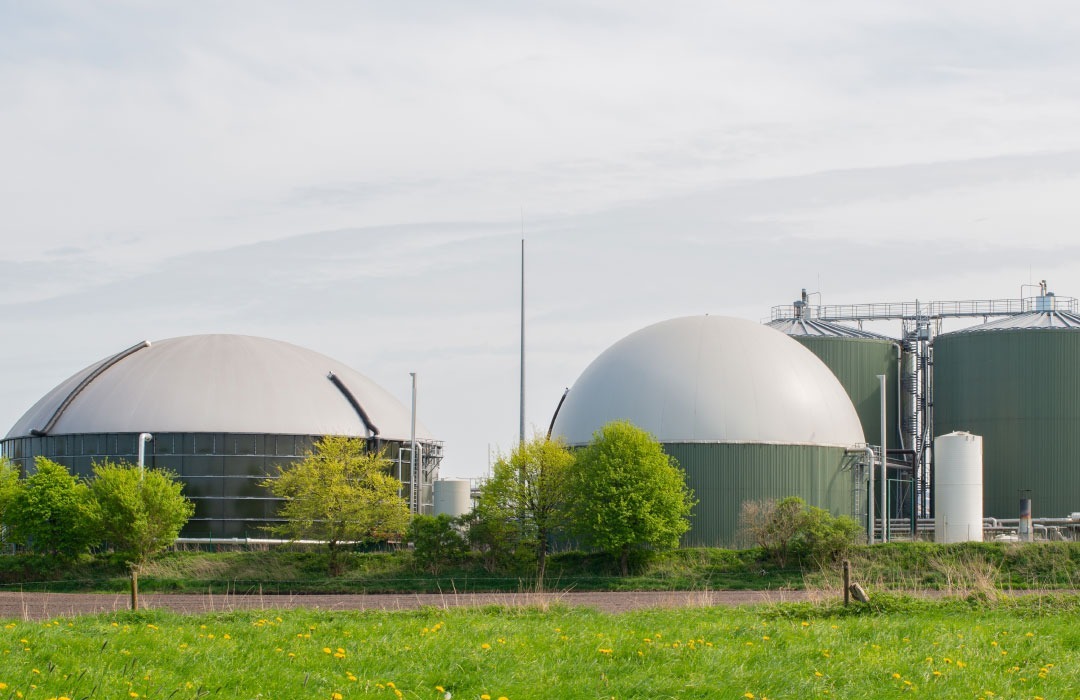Navigating the Locational Factors in Renewable Energy Investments
In most things we do, we look to global best practices. Unfortunately, in the world of energy, there are some practical constraints that emerge from location. These locational factors include sunshine, weather, wind, rain, and geology. It is also important to remember that the market is only efficient in a semi-strong form.
At Projects RH, we use global screening criteria for renewable energy projects based on selecting the projects that are most likely to proceed. We look at projects 100 MW or larger, which will receive a power price of USD 8c per kWh and are construction-ready. No doubt we don’t accept many projects, and most people are looking for the same thing. Fortunately, we are not remunerated based on our clients’ next quarter investment reports and how they are viewed by the market.
We cannot simply walk away from history
I lived in Indonesia from 2011 to 2013 and developed an interest in run-of-river hydro. Several parts of Indonesia have dependable daily rain in highly mountainous areas, and run-of-river hydro, as the name suggests, requires no dams, and harnesses the energy of the water without delaying its journey. The units are small and have a limited impact on the environment.
Several years later, I saw a similar proposal for the coastal parts of Colombia. While of great interest, neither was commercially viable because they lacked the necessary scale in terms of size and revenue, which is critical.
In Indonesia, run-of-river hydro was trialed but subsidized. It did not grow as an alternative source of energy. We saw a similar result in Colombia. Investments in replacement power generators need to be made with one eye on history and the other on what the market sees as value. We must remember that investors do not have perfect information.
Picking the Green Winner
Depending on their politics, governments need to either lead, fund, or use the tax system or other regulations to drive change in their economies.
Unfortunately, the policy initiatives created in the USA, China, India, or Europe are not replicable globally. In our world, there is an economic reality: scale leads to efficiency, and different nations are blessed differently with natural resources and weather.
In the USA, the Inflation Reduction Act (USD 369 billion spend) and associated legislation (an additional USD 180 billion spend) introduced by the Biden administration are changing energy and other industries in North America. The USA is quickly moving closer to Europe in its approach to the environment and investment.
Much of the world’s surface is in the hands of middle powers, so they too must react but don’t have huge budgets or markets to play with.
Meeting the Political Mandate
Globally, international energy companies are trying to remake themselves in the new economic reality. As the energy business changes, those companies that prospered in the sector are having to transform.
Transformation will take time, but not too much. Our major energy companies will need to transform rapidly, or their core markets for energy will be taken by others, such as Copenhagen Infrastructure Partners (CIP), which has EUR 25 billion invested in green energy production globally. CIP is not trying to be all things to all people but rather has a business model in renewable energy finance which it applies.
It is estimated that the greening of the Australian power grid alone will cost AUD 300 billion (USD 200 billion). Given this is happening globally, it is a lot of money and sector concentration. [1]
The picking of winners in middle-order countries like Australia opens a historical divide between the protectionist states and the free-trading states, which existed well before Australia’s federation in 1900.
Today, there is deep concern that a selection of key industries for government investment or subsidy will see these industries behave like protected species. The reality is, as a middle power, Australia can afford to protect a few essential industries, but in the energy space, Australia will never have the volume to produce everything within its own borders.
This has long been the case. While Australia is a leading exporter of coal and iron ore, much of the key equipment is not manufactured in Australia. Asking why this is so, the answer lies simply in a lack of scale. At Projects RH, we have had to advise another AI client this week that it is best for them to relocate to a larger market. They plan to relocate to the United States, where the market is 17 times larger.
In Australia, like the United States, we are preparing for the upcoming election season. There is no doubt that the Albanese Labor government is looking across the Pacific to the United States and its Inflation Reduction Act’s impact on industry.
Unfortunately for Australia, we might have the land mass of continental USA, but we don’t have the population. Currently, there are many dreams of Australia being covered with solar panels and Australia commercializing solid-based energy technologies, including converting hydrogen into ammonia for export.
For Australia, this is a story of far more than solar panels but the need to build other infrastructure, which this emerging industry would have to pay for. Under its recently announced “Made in Australia” policy, the Albanese government is planning to support the production of solar panels in Australia. The rhetoric associated with this comes from the fact that there is one Australian solar panel manufacturer, and Australia has the highest uptake of rooftop solar in the world based on population.
But a small population still does not make Australia a key global market for solar panels. Our Prime Minister sought to have Australian-made solar installed on the roof of his home in his Sydney suburb electorate and found it difficult to find such solar panels. The solution is we need a protected industry. At a time when governments are trying to reduce their expenditures to, in turn, reduce the pressure on inflation, Australia is creating another “sacred cow” expense which will lock in future governments.
Energy infrastructure is not cheap
One of the consequences of decarbonizing the economy is the need to build more capital infrastructure for power generation. Globally, much of this is being funded via investment pools such as pension funds, which are looking for long-term sustainable revenue.
However, significant investment is still required within power systems, generally run, and funded, by governments, to provide connections, transmission lines, grid management, stabilization, disaster recovery, and emergency power backup.
In Australia, this is exemplified by the construction of the so-called “national battery,” the Snowy Mountains Hydro System 2.0—a government-funded project with huge engineering issues ignored by the previous government, leading to construction before the land was stabilized.
One would have thought they would have learned from the issues associated with the hydro scheme in Antioquia, Colombia. The HidroItuango is a 2,400MW hydro power project located in Antioquia, Colombia, and is owned by Empresas Públicas de Medellín (a government-owned corporation). Having spent billions of US dollars of public money, it will never achieve its promise.
For investors, it is important to note that globally, stand-alone green energy stocks have not performed well. When you look at companies investing in the transition, the Australian domestic market is led by retailer/producers Origin and AGL. It is therefore little surprise that institutional investors did not want the large PE funds’ bid for Origin to succeed, as their opportunity to continue into a steady cash flow business for their annuity (i.e., Australian Super) businesses would disappear.
In Australia, several renewable energy projects have been listed, but as they grow and need more debt and equity, one by one they have been taken private and become the entry point for large foreign players to acquire good early-stage renewable energy companies, such as Genex (to J-Power of Japan), Infigen Energy, Tilt Renewables, and New Energy Solar. Clearly, these wonderful companies are not in the indexes.
The Complexities of Decarbonization: A Pragmatic Approach
While decarbonization might be a common global theme, it does not mean that there is just one way for each country to achieve their global commitment to reducing their carbon footprint.
Government market intervention needs to be careful, as much of this money can be wasted. Picking winners is something that governments have not been good at. Nations need an energy mix with the outcome being a stable energy network.
Achieving this energy mix is not like opening a packet of instant soup where all you need is to add lots of warm money. There are clearly transition issues that should not be limited to infrastructure. At Projects RH, we are pragmatic and know that voters are not going to leave this solely to the market, but we do need to be careful about regulators following pet theories.
At Projects RH, we are working with many companies that are attracting private investors at wholesale power prices, which domestic markets have been conditioned to accept (currently USD 8c plus local premiums).
Do you believe that local and global pension funds, plus other funds, should be given the opportunity to invest in local energy projects around the world at acceptable rates of return rather than governments picking winners?
By Paul Raftery, CEO of Projects RH.
We are happy to receive questions of comments at paulraftery@projectsrh.com
—————————-
[1] Macdonald, A.; ‘‘Green power all the rage, except on the ASX’, Closing Bell, The Australian Financial Review, 11th March, 2024.
Sources:
Kehoe, J.; “PM’s High-Stakes Bet on Future”, The Weekend Australian Financial Review 4-5 May, 2024. Pp. 17 and 20.
Baird, L., and Eyers, J.,; “Macquarie takes hit on green energy”, The Weekend Australian Financial Review, 4-5May, 2024.
McDonald, A.; ‘‘Green power all the rage, except on the ASX’, “Closing Bell”, The Australia Financial Review, 11 March, 2024, p.24. )
Chanticleer, “Woodside looks inward after climate gambit defeated”, The Australian Financial Review, 26 April, 2024.




